Winkel Towers of Zossen
Several of these strange cone-shaped bunkers can still be seen around the former Nazi headquarters.
Nicknamed “concrete cigars” or “sugar beet heads,” about 200 of these pointy cone-shaped air raid shelters were built in Germany during World War II. The highest concentration of them was in Zossen, a small town near Berlin where the Nazi supreme command was stationed.
These unique, above-ground bomb shelters were officially called Winkeltürme (Winkel Towers) after their designer, architect Leo Winkel. The idea was that the narrow, pointed structures would be hard to target from the air, and if hit, the bomb would slide down the smooth, sloped sides without detonating. Indeed, only one Winkel Tower was ever destroyed by a direct bomb hit.
The conical concrete bunkers were also much cheaper to construct than underground shelters, and could squeeze in up to 500 people. About 200 towers were built over the course of the war, mainly in industrial areas to protect valuable workers. Nearly 20 Winkel Towers were built in the Wünsdorf-Zossen area alone, where the Supreme High Command of the German Army was headquartered, to protect the Nazi officials who didn’t work out of the famous Zeppelin or Maybach bunkers.
After the war, most of the Winkel Towers were destroyed by the Soviet troops during the demilitarization of Germany. But many of these now-abandoned bunkers still stand. Several can be seen around Zossen, and one of the towers is open to visitors. It is connected with a nearby museum where you can get a ticket.
Know Before You Go
The map coordinates above are for the bunker at 9 Gutenbergstraße in Zossen, which is open to visitors. Tours can be arranged through the Bücherstadt-Tourismus GmbH (museum and visitors center) at Zehrensdorfer Str. 12, a short walk away.

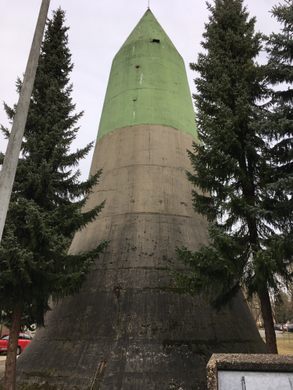












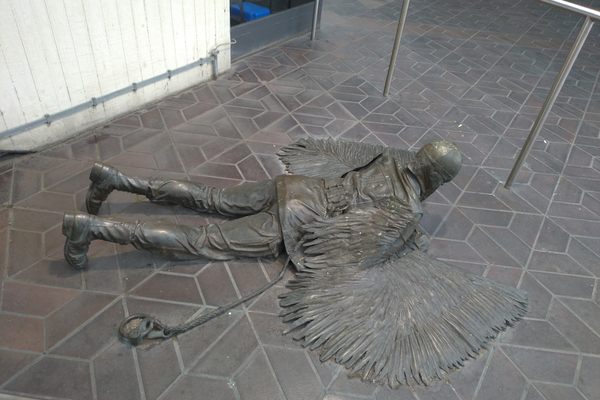

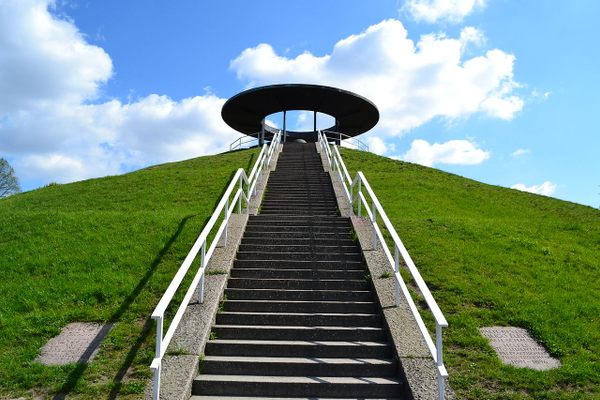
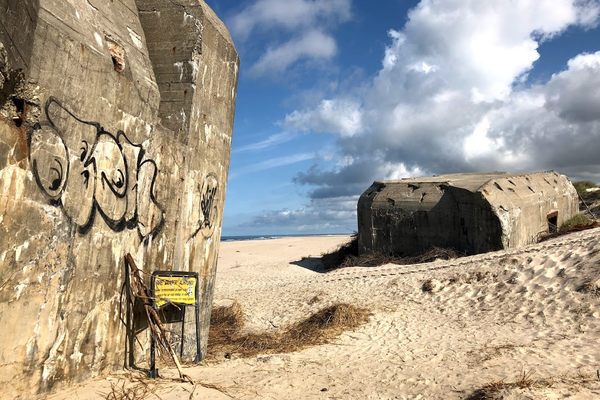

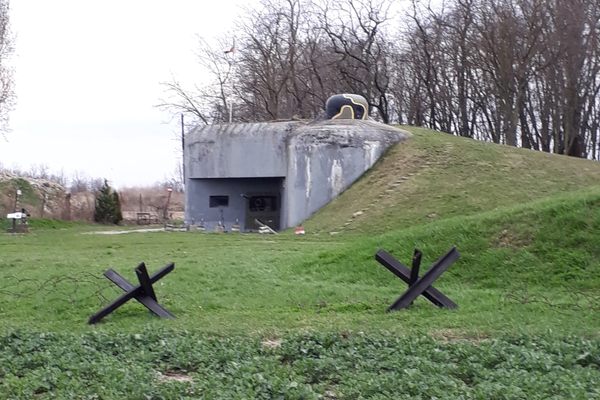
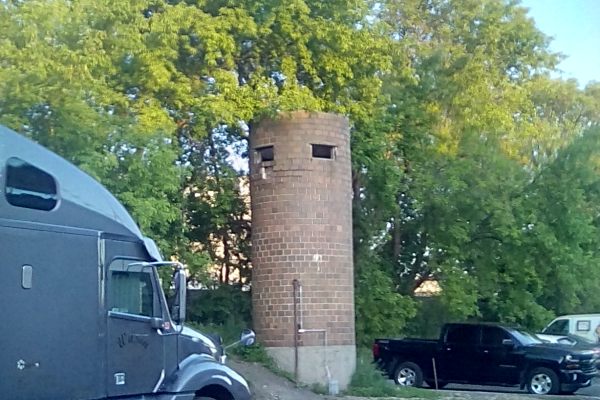

Follow us on Twitter to get the latest on the world's hidden wonders.
Like us on Facebook to get the latest on the world's hidden wonders.
Follow us on Twitter Like us on Facebook